TLDR
Yes, you need a permit to replace your sewer line. Permits ensure the work meets city and state codes, protects public health, and prevents legal or financial problems in the future.
What Is Sewer Line Replacement?
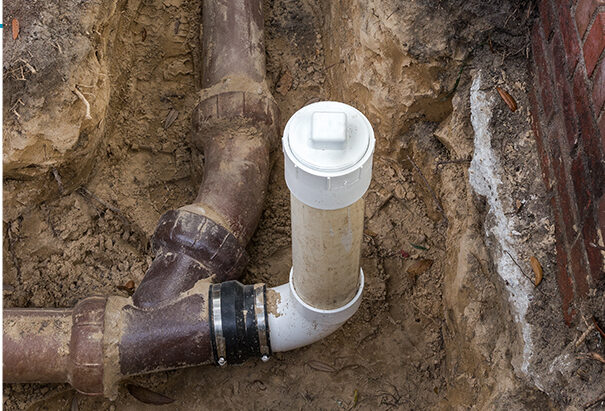
Sewer line replacement means removing an old or damaged pipe and installing a new one to carry waste from your property to the city main or septic system.
There is a difference between sewer line repair and replacement:
- Repair involves fixing a small section of the pipe.
- Replacement involves removing and installing a new line, often across your yard and into the street connection.
Because replacement affects both your property and city infrastructure, authorities require permits to control the process.
Do You Need a Permit for Sewer Line Work in Louisiana?

Yes, Louisiana requires permits for most sewer line replacement projects. Local ordinances differ by city.
If your project involves trenching, connecting to the city main, or replacing outdated materials like clay or cast iron, a permit is mandatory.
Why Sewer Permits Are Required
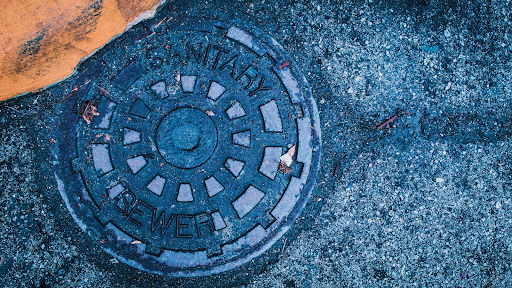
Authorities enforce permits for several reasons:
- Protect public health by preventing leaks and contamination.
- Protect the environment by keeping wastewater out of groundwater.
- Prevent illegal connections that stress city systems.
- Ensure work meets building codes.
Without these safeguards, poorly installed lines can collapse, leak, or back up into homes and businesses.
Who Can Apply for a Sewer Line Permit?
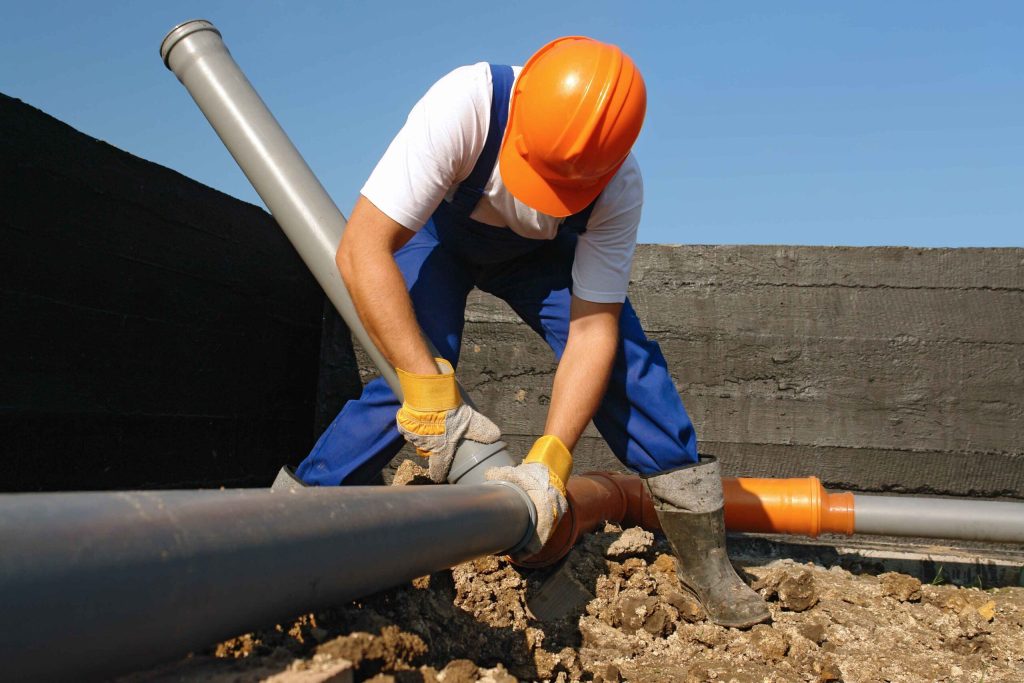
Permits are not open to everyone.
- Homeowners can apply in some parishes, but most municipalities require a licensed plumber.
- Contractors are often responsible for pulling the permit, especially if the project involves excavation near city utilities.
- DIY replacement is usually not allowed because of safety and code concerns.
Hiring the right professional makes all the difference. In fact, choosing a sewer company with experience in permitting and compliance ensures the work is handled correctly from start to finish, saving you time and avoiding costly mistakes.
How to Apply for a Sewer Line Replacement Permit in Louisiana
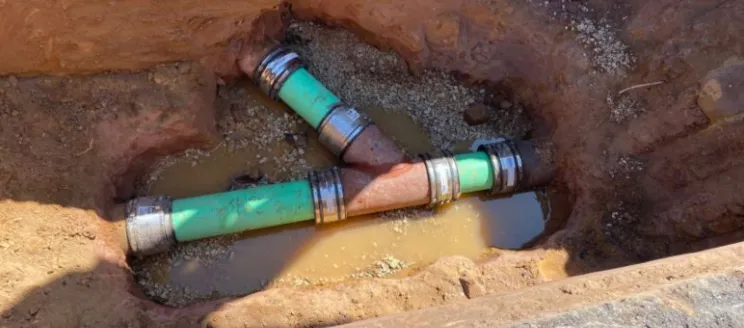
The process depends on your city or parish. Typical steps include:
- Contact the local permit office.
- Submit property information and site plan.
- Provide contractor license details if using a plumber.
- Pay permit fees.
- Wait for approval, then schedule inspections.
Documents often required: property plat, scope of work, contractor license, and proof of insurance.
Cost and Timeline of Sewer Line Permits
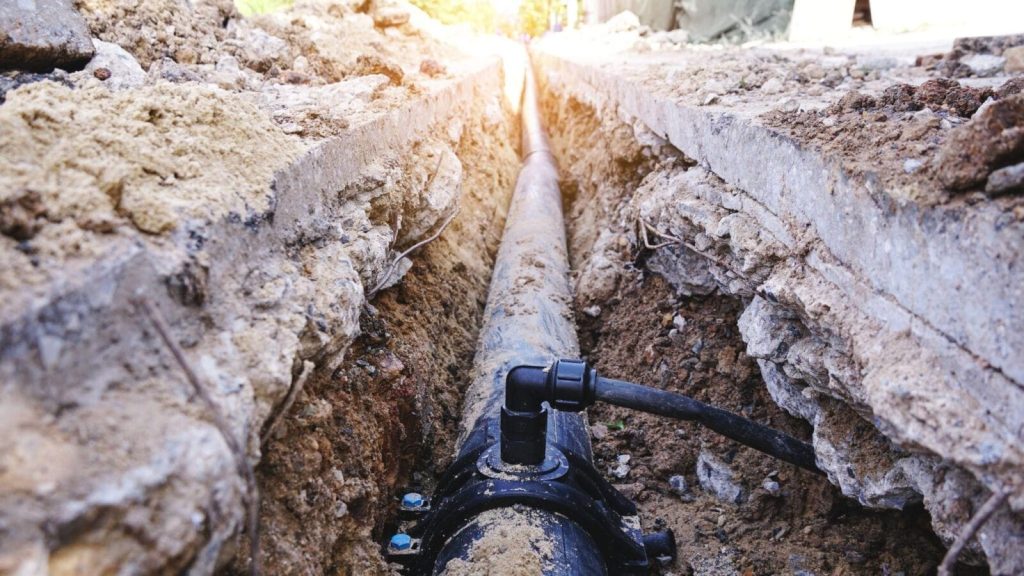
Permit costs vary by city:
- Typical range is $100 to $500 in Louisiana.
- Baton Rouge fees can be higher if streets or sidewalks are affected.
- Emergency permits cost more but are processed faster.
Approval usually takes one to two weeks. Emergency situations may receive same-day authorization.
When budgeting, it helps to also consider the overall sewer line replacement timeline, since permits, inspections, and excavation all add to the duration of the project.
What Happens If You Replace a Sewer Line Without a Permit?
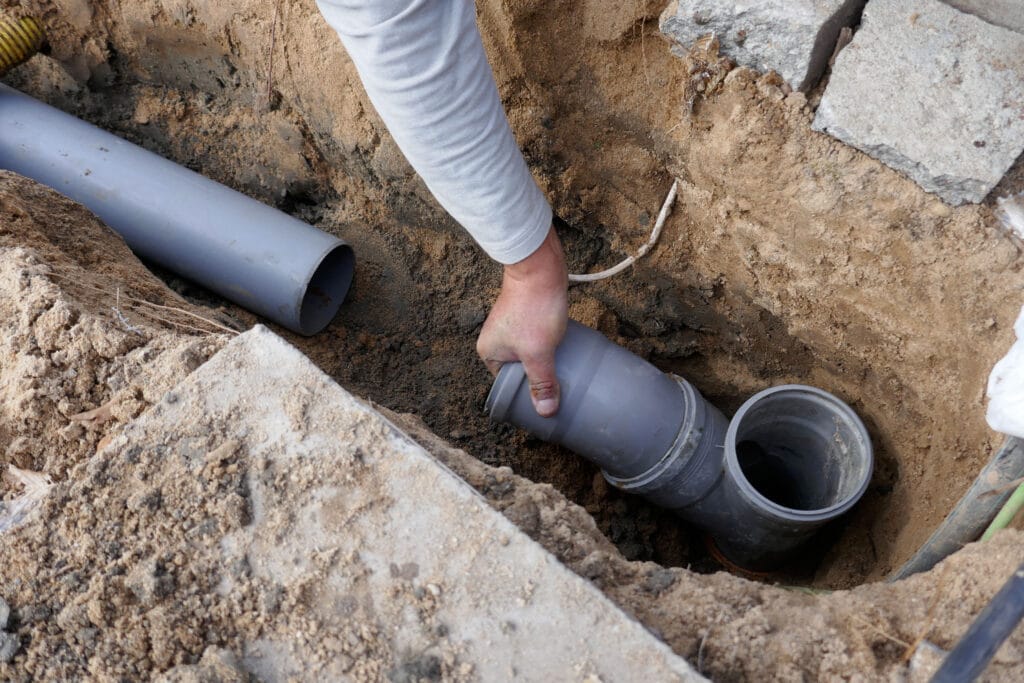
Doing work without a permit creates major risks:
- Legal fines and penalties from the city.
- Insurance companies can deny claims for unpermitted work.
- Inspectors may require removal and replacement of the line at your expense.
Sewer Solutions strongly advises against taking shortcuts. The permit protects your home, finances, and safety.
Inspection Process After Sewer Line Replacement
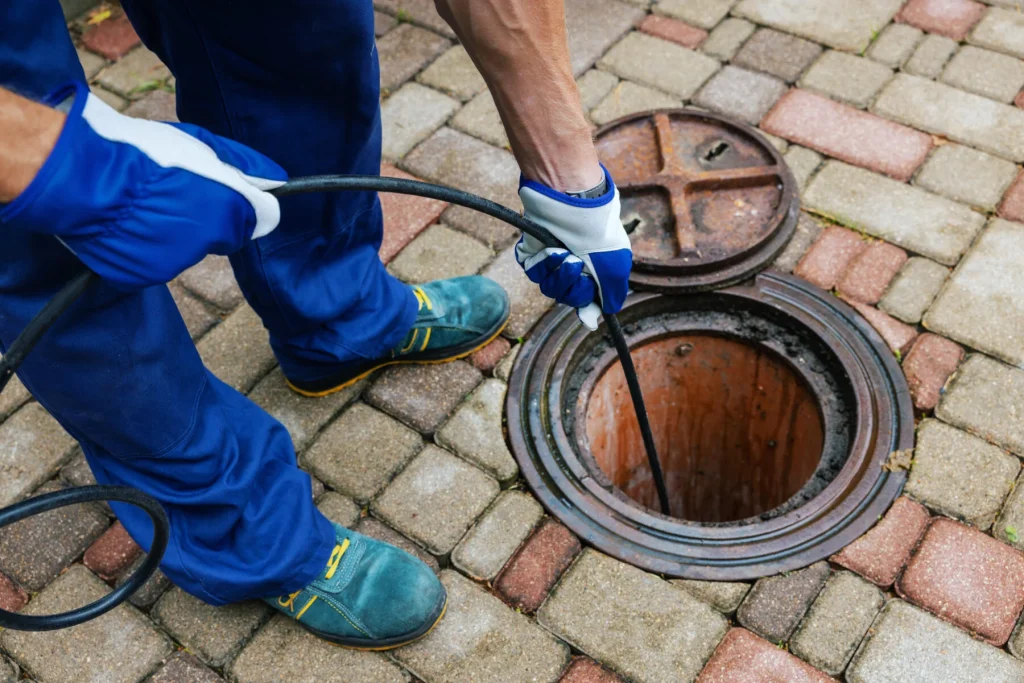
Permits require inspection before approval. Inspections typically involve:
- Checking trench depth and bedding material.
- Pressure or water tests on new pipes.
- Camera inspection to verify connections.
- Final sign-off before backfilling.
Skipping inspection is illegal and leads to fines. City inspectors make sure your sewer connection is safe.
Common Permit Exemptions in Louisiana
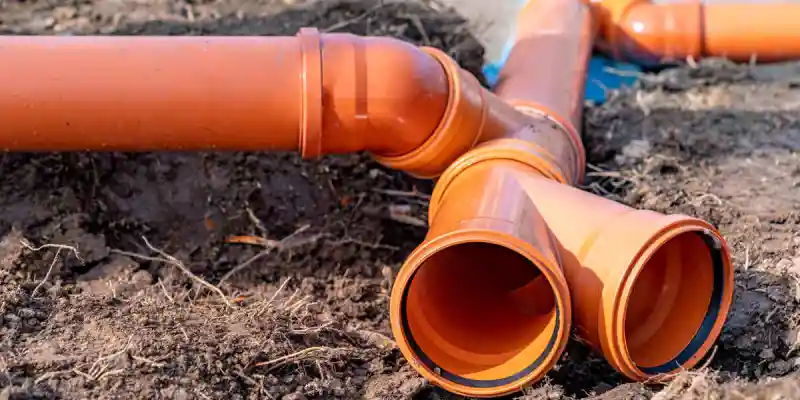
Not every project requires a permit. Some small-scale work qualifies for exemptions.
- Clearing clogs or blockages.
- Spot repairs shorter than a few feet.
- Replacing cleanouts above ground.
Even when permits are not required, inspections or approvals may still be necessary. Always confirm with your local office.
FAQs About Sewer Line Permits